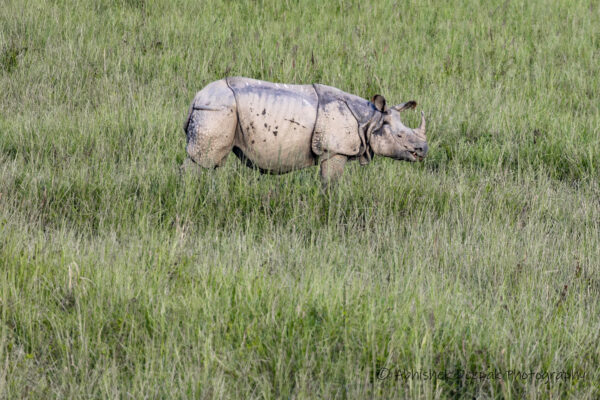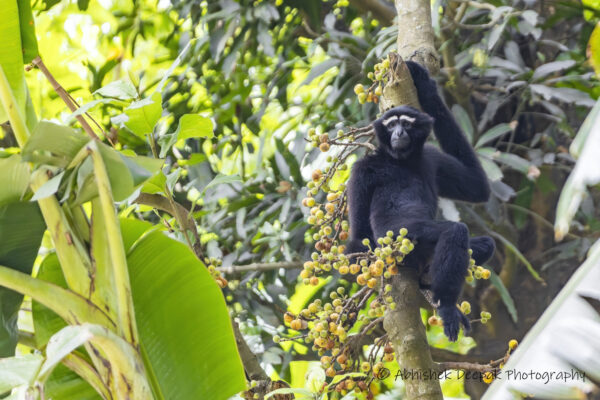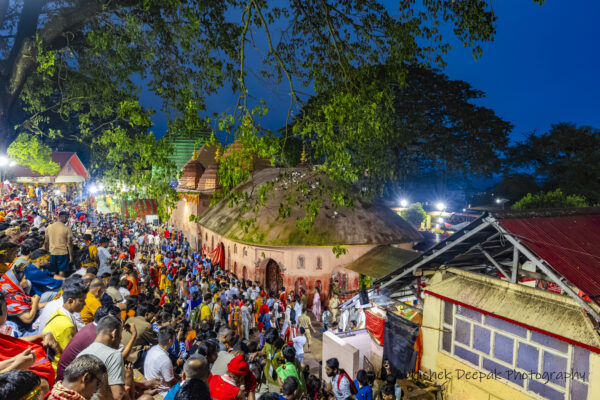 Pobitoro wildlife sanctuary is around 30km away from the Guwahati which is the capital city of the state of Assam. This is located in a small town called Mayong. The park remains closed throughout the monsoon however on my visit I was fortunate enough to spot some rhinos from the side of the road. Near the gate, there is a small trail which is okay for some bird watching. Here are some shots which I took.
Pobitoro wildlife sanctuary is around 30km away from the Guwahati which is the capital city of the state of Assam. This is located in a small town called Mayong. The park remains closed throughout the monsoon however on my visit I was fortunate enough to spot some rhinos from the side of the road. Near the gate, there is a small trail which is okay for some bird watching. Here are some shots which I took.
Tag: Assam
Wildlife Photography at Assam State Zoo
 Assam State Zoo is one of the largest zoos in the Northeast region of India. The zoo is located in the Hengrabari Reserved Forest in Guwahati. The zoo is home to a large number of animals, birds and reptiles however on my two visits to this zoo, I only focused on photographing only a handful of mammals and bird species making it seem as if the photo was taken in a natural forest with no or hardly any manmade elements or structures.
Assam State Zoo is one of the largest zoos in the Northeast region of India. The zoo is located in the Hengrabari Reserved Forest in Guwahati. The zoo is home to a large number of animals, birds and reptiles however on my two visits to this zoo, I only focused on photographing only a handful of mammals and bird species making it seem as if the photo was taken in a natural forest with no or hardly any manmade elements or structures.
Ambubachi Festival at Kamakhya Temple
 The Ambubachi Mela is held annually at the Kamakhya Temple in Guwahati, Assam. The mela is celebrated in June and this year it was held between 22nd June till 26 June. The significance of the Ambubachi Mela is to celebrate the yearly menstruation of goddess Kamakhya. It is therefore believed that Goddess Kamakhya goes through her annual cycle of menstruation during this time frame. and it is also believed that Goddess Kamakhya rests for 3 days and during these 3 days of rest, the temple is closed to the public. On the 4th day, the temple reopens and the devotees are allowed to enter the main temple and offer worship to the Goddess. There is no idol of the Goddess but she is worshipped in the form of a yoni like stone instead and over this flows a natural spring. It is said that a white cloth is placed on the Yoni sculpture when the temple is closed during the three days and after three days, the white cloth turns red. According to legend, this is caused by the blood discharge of the Goddess as she is said to be menstruating. There are two kinds of special of prasads or blessed foods distributed among the devotees: Angodak and Angabastra. Angodak is the red coloured holy water of the Goddess believed to be released during the three day menstruation and is a mixture of holy water and sindoor. Angabastra is the red cloth which covers the yoni sculpture during the three days of menstruation. These are actually hard to get until and unless one has good connections with the temple priests.
The Ambubachi Mela is held annually at the Kamakhya Temple in Guwahati, Assam. The mela is celebrated in June and this year it was held between 22nd June till 26 June. The significance of the Ambubachi Mela is to celebrate the yearly menstruation of goddess Kamakhya. It is therefore believed that Goddess Kamakhya goes through her annual cycle of menstruation during this time frame. and it is also believed that Goddess Kamakhya rests for 3 days and during these 3 days of rest, the temple is closed to the public. On the 4th day, the temple reopens and the devotees are allowed to enter the main temple and offer worship to the Goddess. There is no idol of the Goddess but she is worshipped in the form of a yoni like stone instead and over this flows a natural spring. It is said that a white cloth is placed on the Yoni sculpture when the temple is closed during the three days and after three days, the white cloth turns red. According to legend, this is caused by the blood discharge of the Goddess as she is said to be menstruating. There are two kinds of special of prasads or blessed foods distributed among the devotees: Angodak and Angabastra. Angodak is the red coloured holy water of the Goddess believed to be released during the three day menstruation and is a mixture of holy water and sindoor. Angabastra is the red cloth which covers the yoni sculpture during the three days of menstruation. These are actually hard to get until and unless one has good connections with the temple priests.
